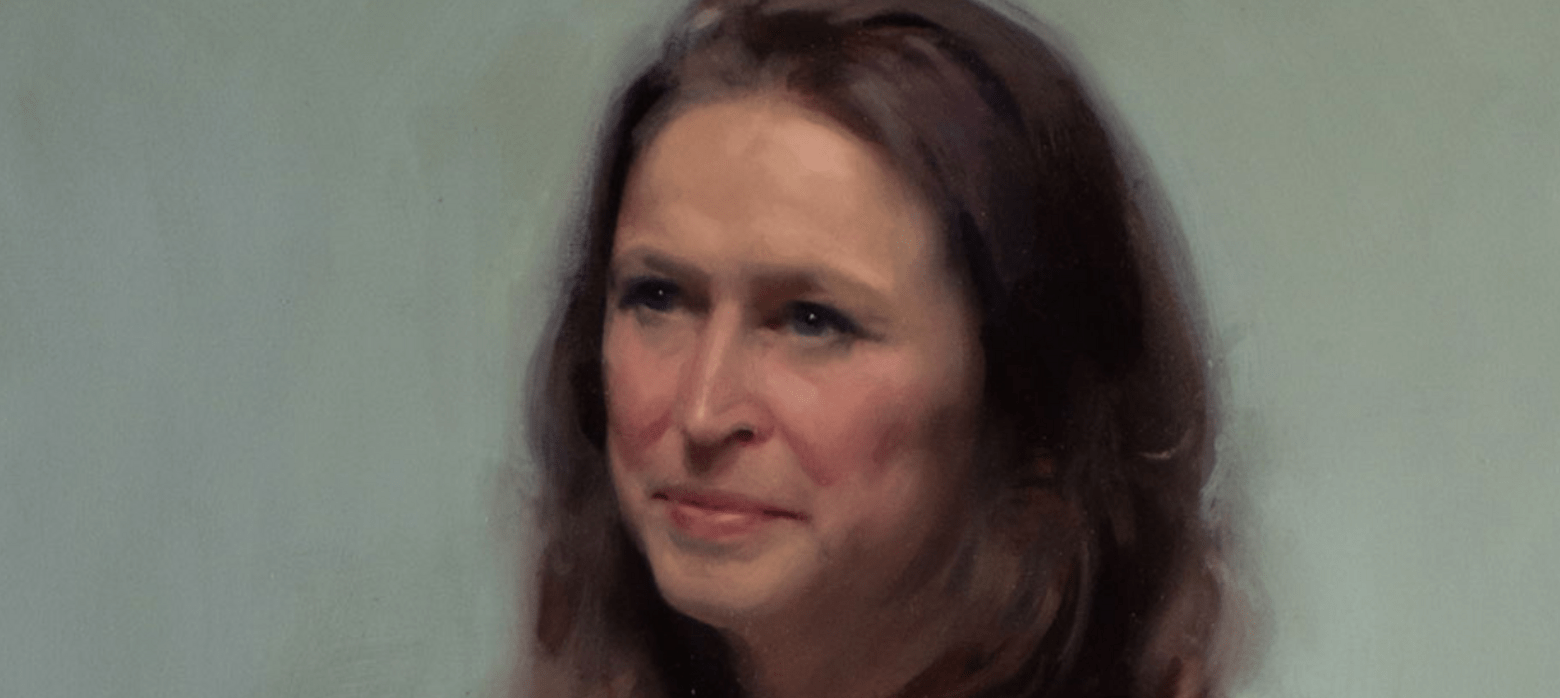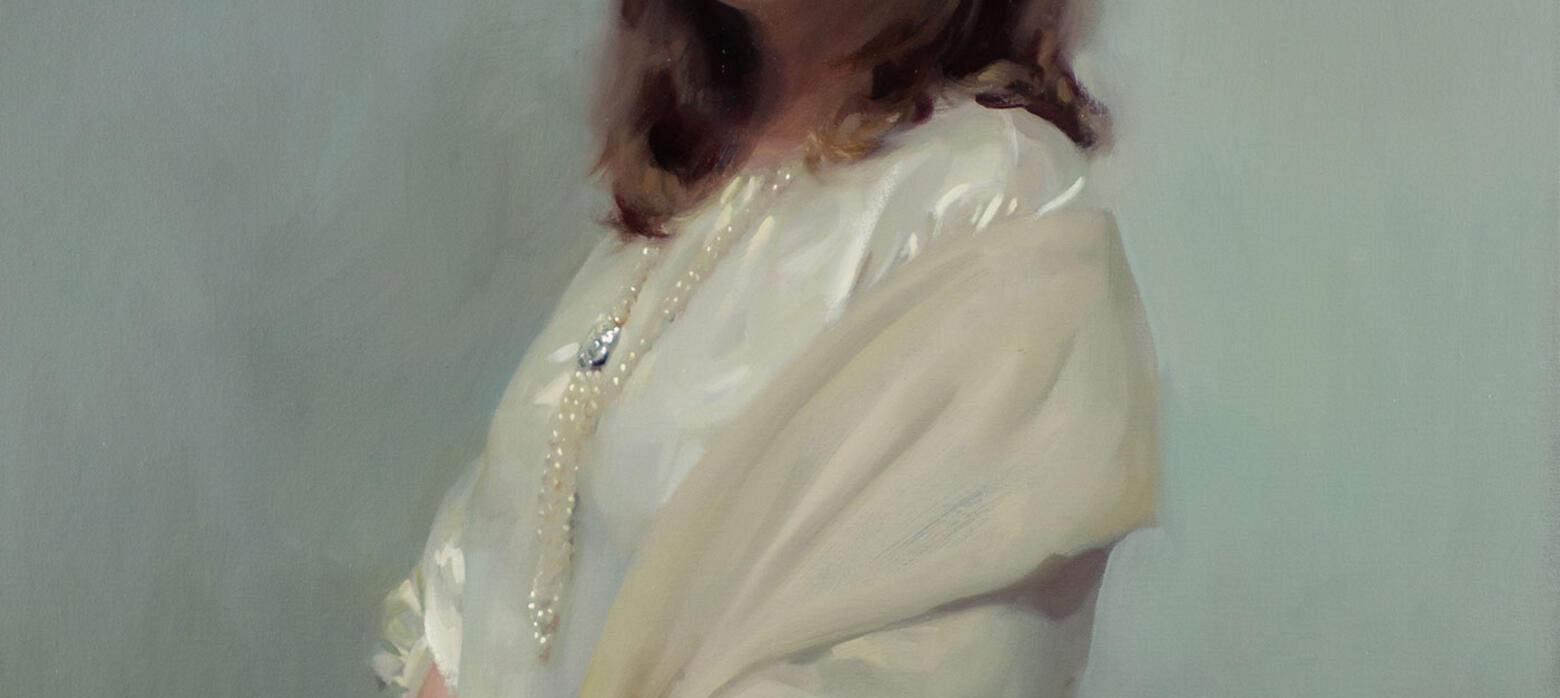Stories behind the Prize Winning Paintings of the Royal Society of Portrait Painters Annual Exhibition 2022 - Part Two
/ Royal Society of Portrait Painters
We hope you enjoy reading about the artists’ inspirations and experiences behind their prize-winning paintings and are able to enrich your knowledge about their creative processes. This is part two of the stories behind the prize-winning works. The exhibition is on until Saturday 14th May, and we hope you are able to visit in person!


